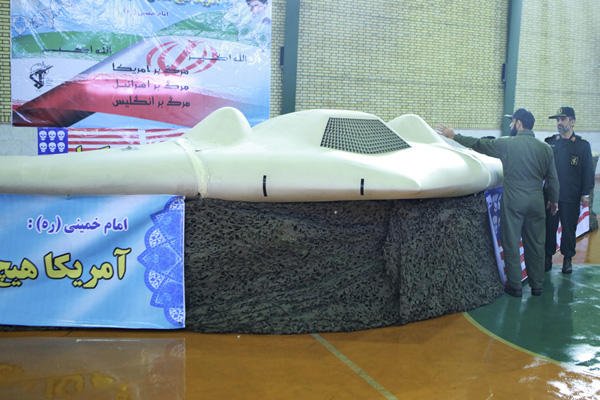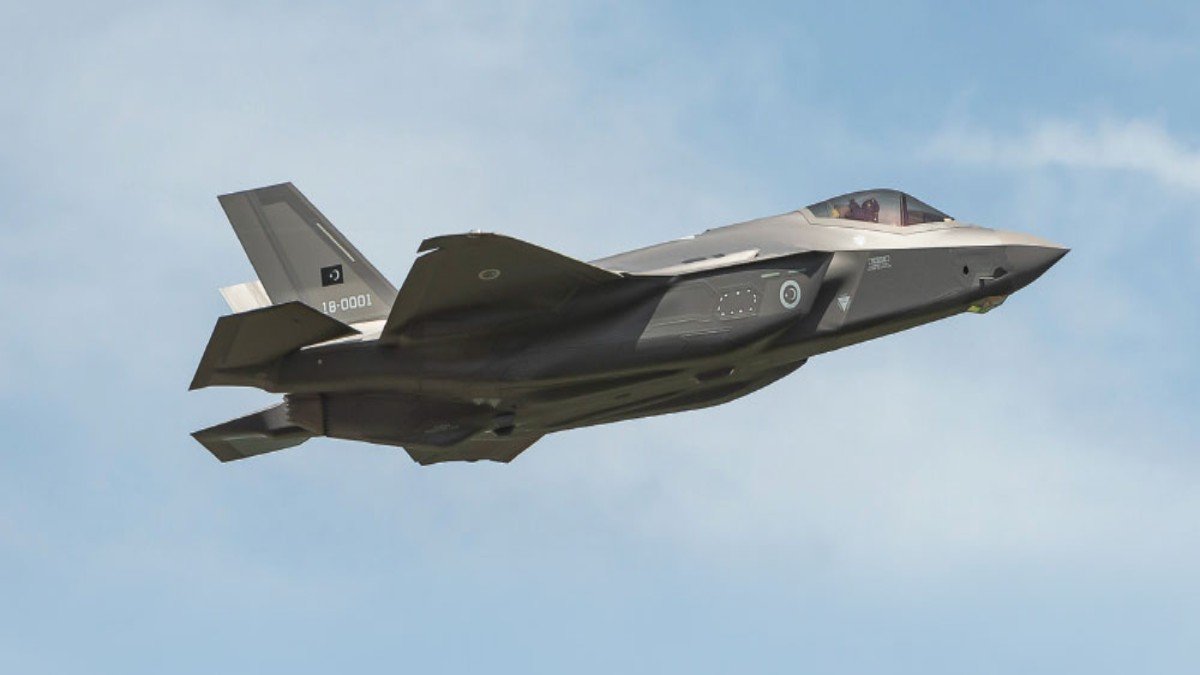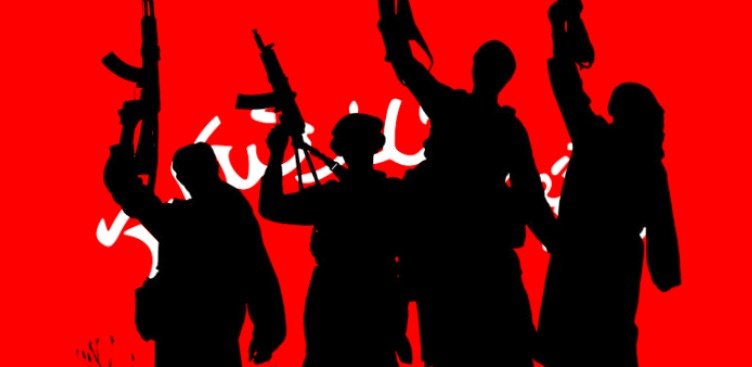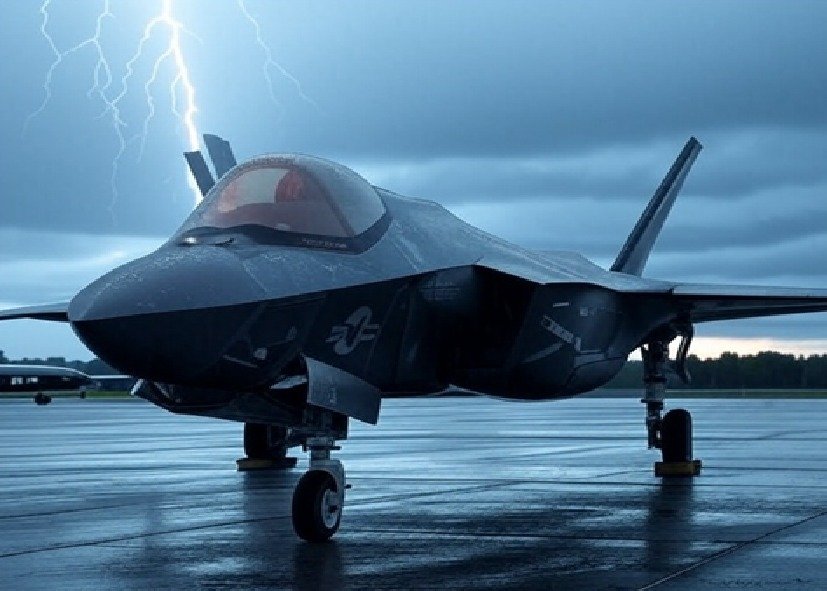Following a series of heinous attacks in the conflict-ridden region of Balochistan, the senior leadership of Pakistan’s military has pledged to ensure that the “hard-earned successes” achieved in the battle against terrorism are not squandered.
In the latest outbreak of violence last week, scores of militants linked with the outlawed separatist group Balochistan Liberation Army (BLA) carried out multiple attacks throughout Balochistan, targeting both civilians and security personnel.
The purported BLA terrorists went on a rampage across the province, blowing up railway tracks, setting fire to over 30 vehicles, and killing more than 50 people, including 14 security personnel. In retaliation, the Pakistani security forces eliminated 21 insurgents, according to a report in the Pakistani publication Dawn.
With Pakistan’s counter-terrorism efforts and the unending insurgency in Balochistan making headlines, the Pakistani government has received support from the United States. Matthew Miller, the spokesperson for the US State Department, condemned the attack, asserting that Washington stands “shoulder to shoulder” with Pakistan in its battle against terrorism, according to reports from local Pakistani media.
Unrest in Balochistan has intensified in recent years. Experts believe that decades of mistrust, poor leadership, and multiple military operations have widened an already massive gap between the Baloch people and the state and sparked rounds of insurgencies. This has left the resource-rich but impoverished Balochistan province constantly on the edge.
The province, which makes up over 44% of Pakistani territory, joined the nation about a year after the Muslim-majority country following independence from Britain and a violent division of the Indian subcontinent. Several inhabitants of Balochistan still see their integration with Pakistan as a forced one since the largest princely state of Balochistan, i.e., Kalat in Balochistan, had initially declared independence.
After the initial rebellion in 1948 against Kalat’s annexation, several waves of tribal resistance were launched between 1958 and 1977, hoping for independence or increased autonomy.
In turn, however, the powerful Pakistani establishment used military force, overthrew elected regional administrations, and arrested tribal leaders despite amnesty promises.
For decades, Baloch activists in Pakistan have accused the government of killing thousands of their fellow countrymen while torturing and forcing countless others into forced disappearances.
The distrust has further deepened with China’s arrival through the China-Pakistan Economic Corridor project.
As more people from other regions of China and Pakistan start to move into their province, the Baloch fear that they will eventually be outnumbered on their territory. Consequently, the attacks on Chinese citizens have also registered an uptick, resulting in more targeted attacks on Baloch insurgents and activists.
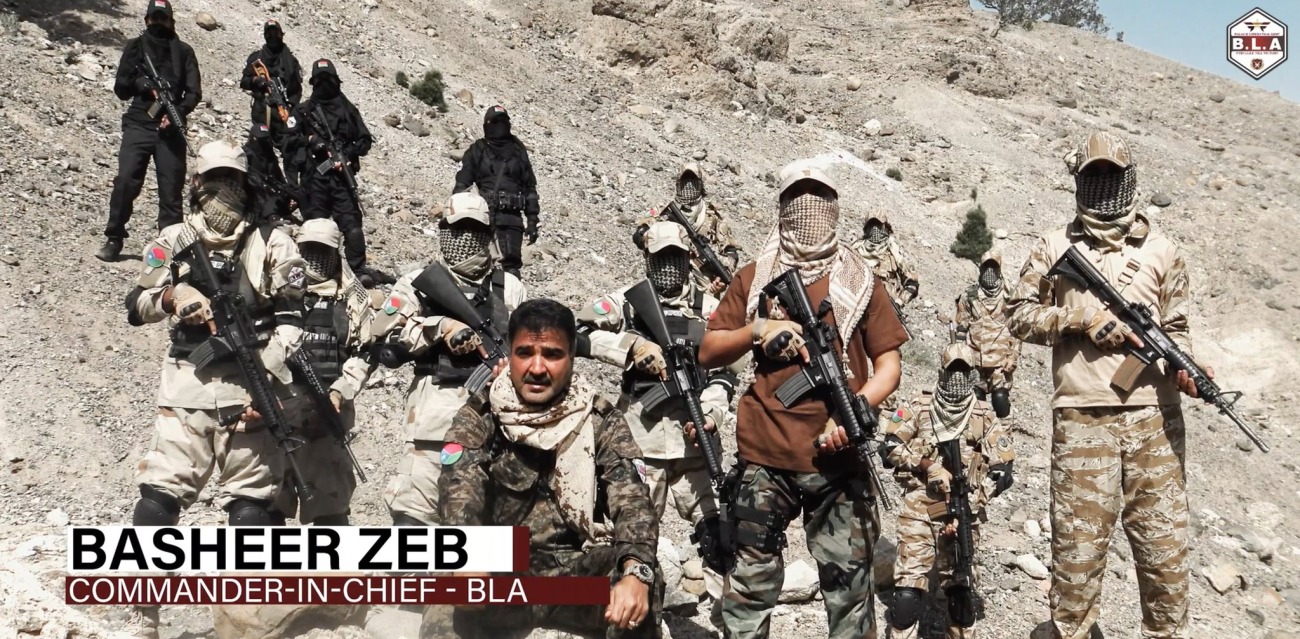
Several scholars and advocacy groups have claimed that authorities in Pakistan control media reporting in Balochistan, even in the face of widespread human rights violations and unresolved concerns within the Baloch community.
This was also the case through the 1970s and the battle of Chamalang until an American journalist introduced Balochistan to the world. The veteran journalist Selig Harrison, who was associated with the Washington Post, is still the most widely cited authority on the Balochistan insurgency despite not being a Baloch himself.
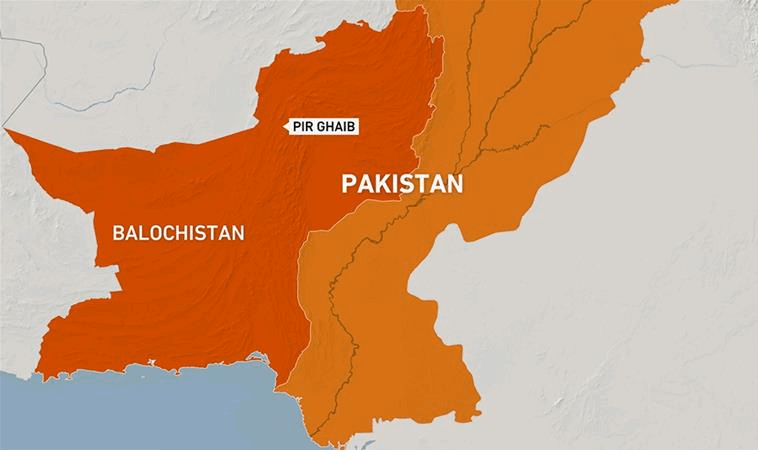
Selig Harrison’s Window To Balochistan
Selig Harrison, an American journalist and scholar, is still very much respected in Baloch intellectual circles. He wrote a book, In Afghanistan’s Shadow: Baluch Nationalism and Soviet Temptations, which soon became the most cited book on Balochistan.
Based on extensive research in Balochistan, Harrison wrote that about 3,000 Pakistani soldiers and 5,000 Baloch rebels took part in the war, while hundreds of women and children “fell to blind bullets” during the fighting that lasted from 1973 to 1977. His depiction of Cobra helicopters raining down death on unsuspecting Baloch during the ‘Battle of Chamalang’ had a profound effect on American public opinion.
Local Baloch journalists reporting on the conflict in Pakistan assert that no Pakistani media outlet addressed the battle in Chamalang, except Selig Harrison, who was the first to disseminate the story to a global audience, as detailed in a report by BBC Urdu.
Chamalang is a tiny semi-urban area in Balochistan. The brutal conflict that took place there in 1974 had a significant impact on the course of the insurgency that broke out in the province.
Pakistan has repeatedly denied Harrison’s claim officially, but according to Foreign Policy magazine, interviews revealed that the fighting was much wider than is commonly believed between Pakistan and the Balochistan forces. According to the official records maintained by the authorities of Islamabad, this relatively obscure minor conflict comprised 178 significant incidents and 167 minor incidents.
Harrison countered that both sides had twisted the facts, claiming that at the end of 1974, 11,000 organized Pakistani military personnel were up against 55,000 Baloch militants.
Several publications have often quoted an excerpt from Harrison’s report on the conflict in Balochistan to highlight the honesty and bravery in his reporting: “In the last days of 1974, when the fighting was at its height, US-provided Iranian fighter helicopters (which were being flown by Iranian pilots) joined forces with the Pakistani air force to target Baloch rebel strongholds.”
Harrison claimed the AH Huey Cobras, also called the Cobra gunships, “proved extremely destructive” at the Battle of Chamalang.

Harrison wrote comprehensively about these events after spending 18 months in Pakistan, with most of his time spent in Balochistan interviewing Baloch rebels. He also visited a camp of Baloch insurgents in Afghanistan, which was built near the Pakistan border.
A human rights advocacy organization based in Washington, which strongly condemns the use of US weaponry against the indigenous populations of the allied nation, acknowledged Harrison’s report. The US was allegedly supplying arms and strengthening Pakistan’s defense capabilities to keep the Soviet Union at bay.
Harrison’s report provided limited details regarding the Battle of Chamalang, even though it was the main event in his story. While Chamalang is home to Asia’s second-largest coal mine, which was discovered during British rule, Harrison’s article failed to highlight the region’s economic significance.
Rather, he explored the Baloch resistance to the Pakistani government. His report indicated that in the early months of 1973, the democratically elected provincial administration in Balochistan resisted the political and economic interference from the federal authorities.
Zulfiqar Ali Bhutto responded by dismissing the provincial administration, locking up prominent central Baloch leaders on charges of treason, and imposing emergency central government rule throughout the province. He also dispatched over 70,000 troops to Balochistan.
According to Harrison’s report, the Baloch “reacted to their disorganized uprising, which received half the support of Afghanistan and India.” Yet the carnage went on for four years. This persisted until Bhutto was overthrown by General Zia-ul-Haq, who also agreed to a convoluted truce with the Baloch leadership in November 1977.
Harrison’s interviews for his piece were conducted from 1973 to 1977. Zulfiqar Ali Bhutto was at the helm in Pakistan at the time. However, by the time his report on the Chamalang combat was published in 1978, General Zia-ul-Haq had taken over as the military dictator.
Harrison was the most outspoken American critic of Pakistan’s persecution of the Baloch, even after transitioning from a successful journalism career to a scholarly position at a think tank. He denounced Washington’s military aid to Pakistan, claiming that it was used by the Pakistani military to combat the Baloch rather than eliminate the Taliban and Al-Qaeda.
He condemned American diplomats who viewed violations of human rights in Balochistan as an “internal matter” between Pakistan and the United States and called on Washington to change course “not only to stop the carnage but also because the United States has a major strategic stake in a peaceful accommodation between Islamabad and Baluch leaders.”
Harrison’s opinions on Balochistan drastically changed as time went on while the bloodshed there persisted. Although he had previously encouraged Washington to pursue a diplomatic solution between Islamabad and the Baloch, he later came out in favor of an independent Balochistan.



